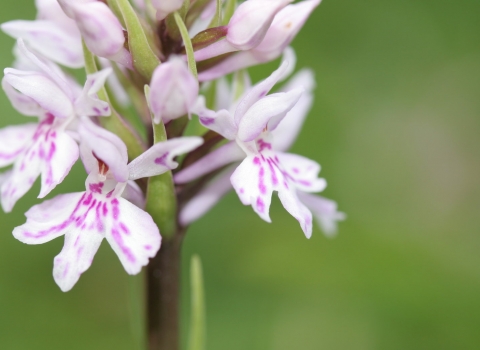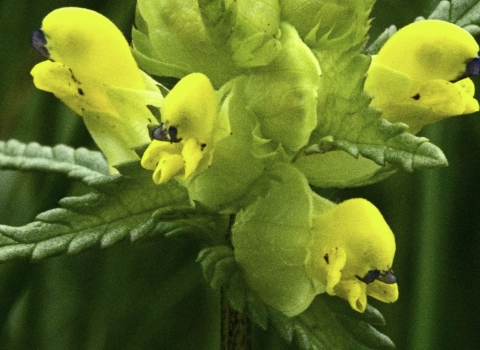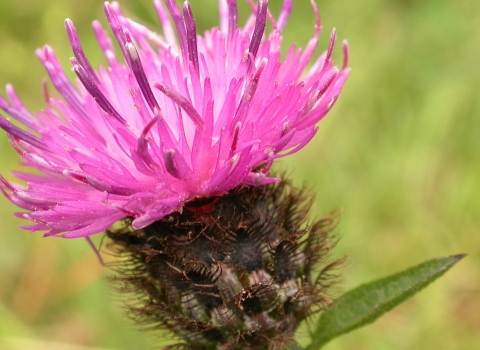Magnificent Meadows
97% of the wildflower meadows we had in the 1930s have disappeared - which is a big problem for our insect populations!
Our wildflower meadows provide a wild haven for hundreds of different species and play a critical role in our approach to helping nature’s recovery.
We have worked with partners to create over 100 new meadows in parks, informal greenspaces and nature reserves across Birmingham and the Black Country. Over the years, there have been surveys on plants and insects on these sites but we have not yet looked into what these meadows mean to the people that see them.
Take a look at some of the meadows we’ve created on this interactive map.





